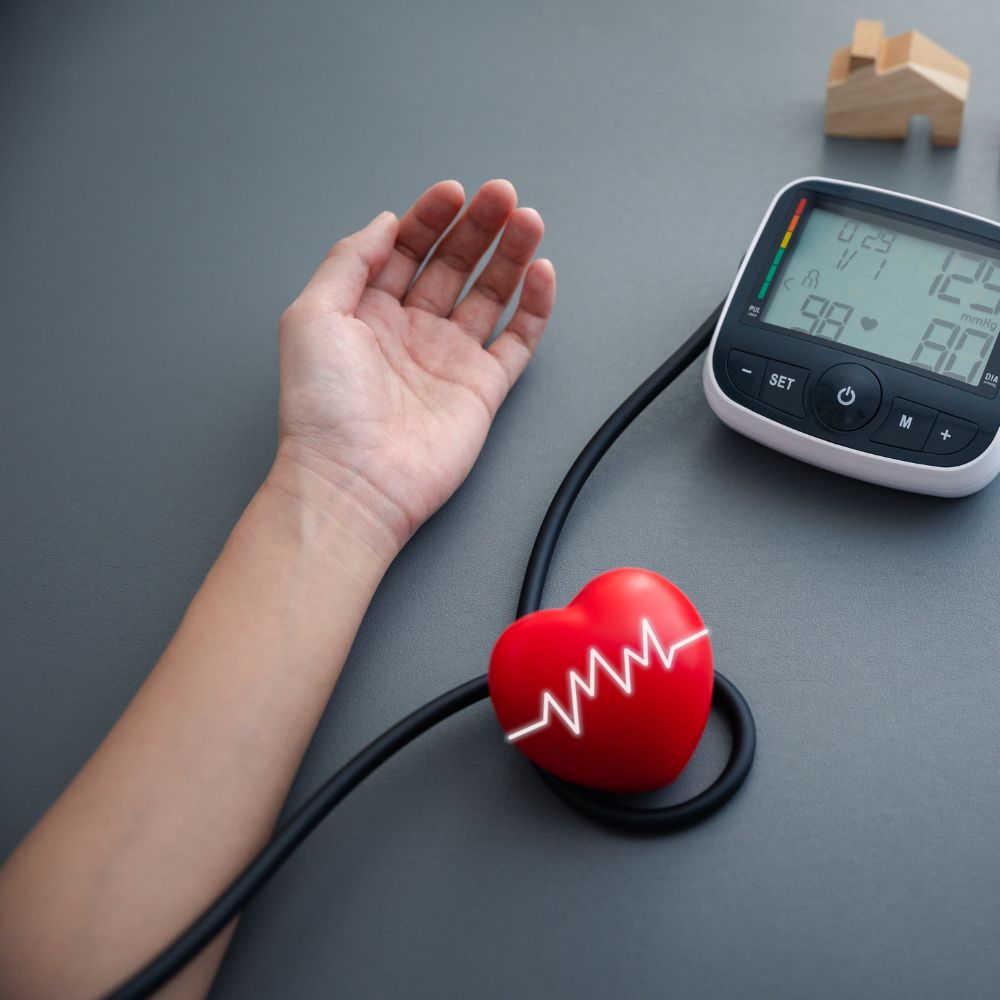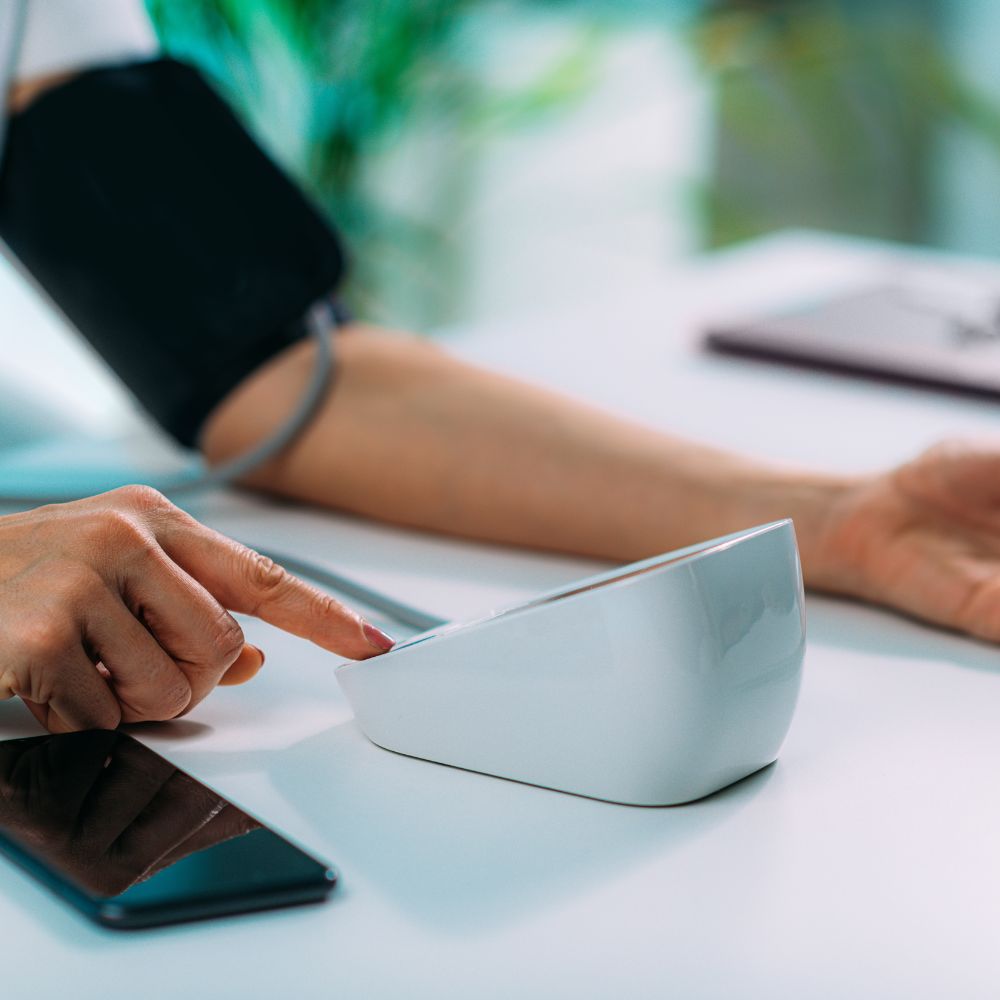High blood pressure is one of the most common health conditions worldwide, especially as we age. Often called the “silent killer,” it can quietly damage your heart, blood vessels, and organs without any obvious symptoms. Left unchecked, it can lead to serious problems such as heart disease, stroke, kidney failure, and vision loss.
The good news? With regular monitoring and healthy lifestyle choices, high blood pressure can often be prevented or managed.
What Is Blood Pressure?
Blood pressure is the force of blood pushing against your artery walls — much like water pressure inside a hose. When that pressure stays too high for too long, your arteries begin to wear out.
When measured, you’ll see two numbers:
- Systolic pressure – the pressure when your heart pumps (normal range: 110–130 mmHg).
- Diastolic pressure – the pressure when your heart relaxes (normal range: 70–80 mmHg).
For example, a reading of 130/78 mmHg means 130 systolic over 78 diastolic.
Consistent readings of 140/90 mmHg or higher may lead to a diagnosis of high blood pressure.
Why Is High Blood Pressure Harmful?
Long-term high blood pressure damages your arteries, increasing the risk of:
- Heart attack or angina – when narrowed arteries restrict blood flow.
- Stroke – when blood vessels in the brain clog or burst.
- Heart failure – when the heart weakens from overwork.
- Kidney disease – when damaged blood vessels reduce the kidneys’ ability to filter waste and regulate fluids.
- Vision problems – when strained or ruptured eye vessels affect eyesight.
- Peripheral artery disease – when narrowed vessels in the limbs cause pain or damage.
-
Sexual health issues – when reduced blood flow leads to erectile dysfunction or low libido.
Because you can feel perfectly fine and still have hypertension, regular checks are vital.
The Role of Home Monitoring
Blood pressure naturally rises and falls during the day depending on stress, activity, or diet. A single high reading doesn’t always mean you have hypertension — what matters is a pattern of consistently high results.
That’s why home monitoring can be more reliable than relying only on clinic checks. A Blood Pressure Monitor Device helps you:
- Track your results regularly.
- Spot daily patterns (like morning vs evening changes).
- Share accurate data with your doctor.
- Stay proactive and in control of your health.
Lifestyle Habits That Lower Blood Pressure
Medication may be necessary for some people, but lifestyle plays a huge role. Here are proven ways to help lower blood pressure:
-
Maintain a Healthy Weight
Even small weight loss can make a big difference. Being overweight makes you 2–6 times more likely to develop hypertension.
-
Be Active
Regular movement lowers risk by 20–50%. Aim for 30–60 minutes most days — walking, swimming, or cycling all count.
-
Eat a Heart-Healthy Diet
Fill your plate with fruit, vegetables, whole grains, and low-fat dairy. Cut back on foods high in saturated fat.
-
Reduce Salt
Limit sodium to under 6g per day (about a teaspoon), including hidden salt in processed foods. Herbs and spices are great alternatives.
-
Limit Alcohol
Stick to recommended low-risk drinking guidelines.
-
Quit Smoking
Smoking narrows arteries, doubling the damage caused by high blood pressure.
-
Manage Stress
Chronic stress keeps blood pressure elevated. Try mindfulness, breathing exercises, or simply taking regular breaks.
-
Go Easy on Liquorice
Eating a lot of black liquorice can raise blood pressure and affect heart rhythm. In small amounts, it’s generally safe.
Final Thoughts
High blood pressure is common, but it doesn’t have to control your future health. With regular monitoring, a balanced lifestyle, and support from your healthcare provider, you can reduce your risk of serious complications.
Whether you check in with your GP or use a home Blood Pressure Monitor Device, the key is consistency. Pair regular monitoring with small lifestyle changes — like moving more, eating better, and managing stress — and you’ll be taking powerful steps to protect your heart and overall wellbeing.

